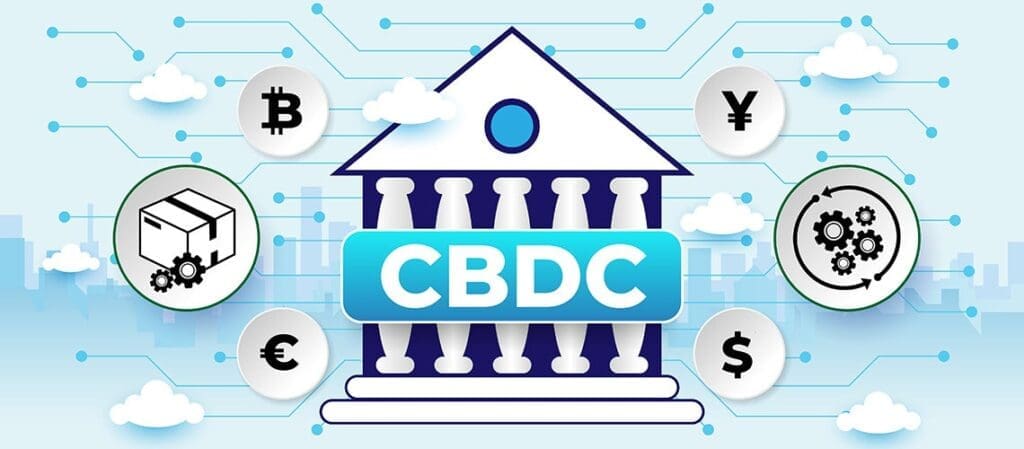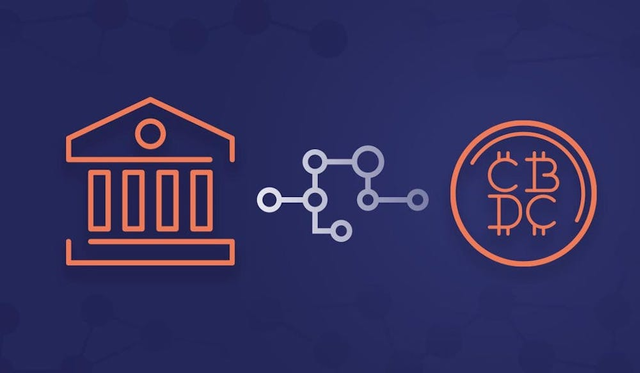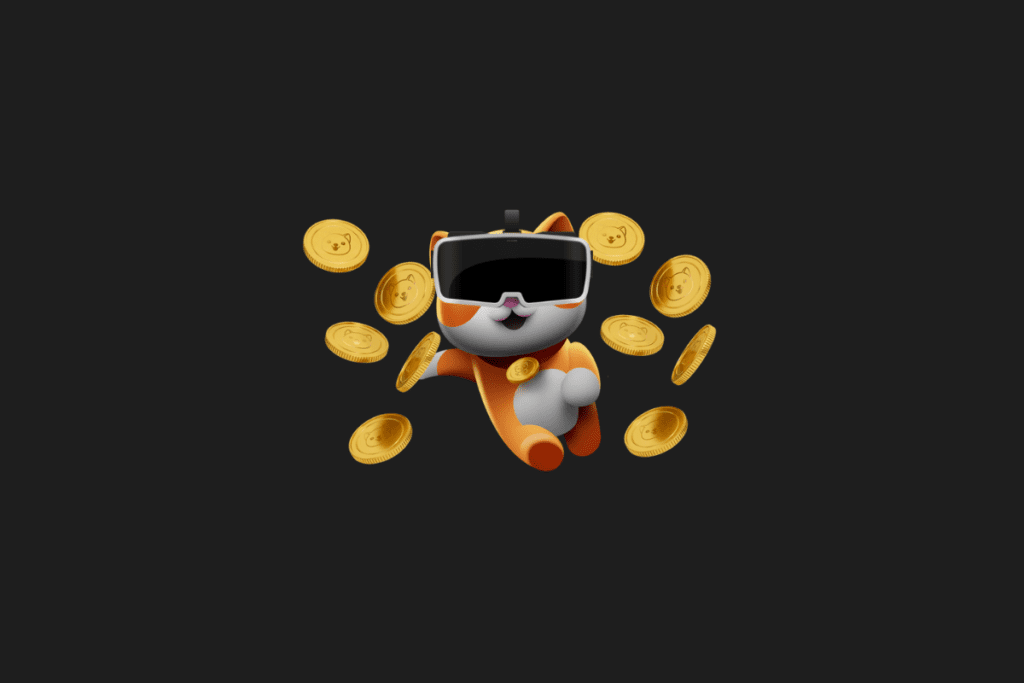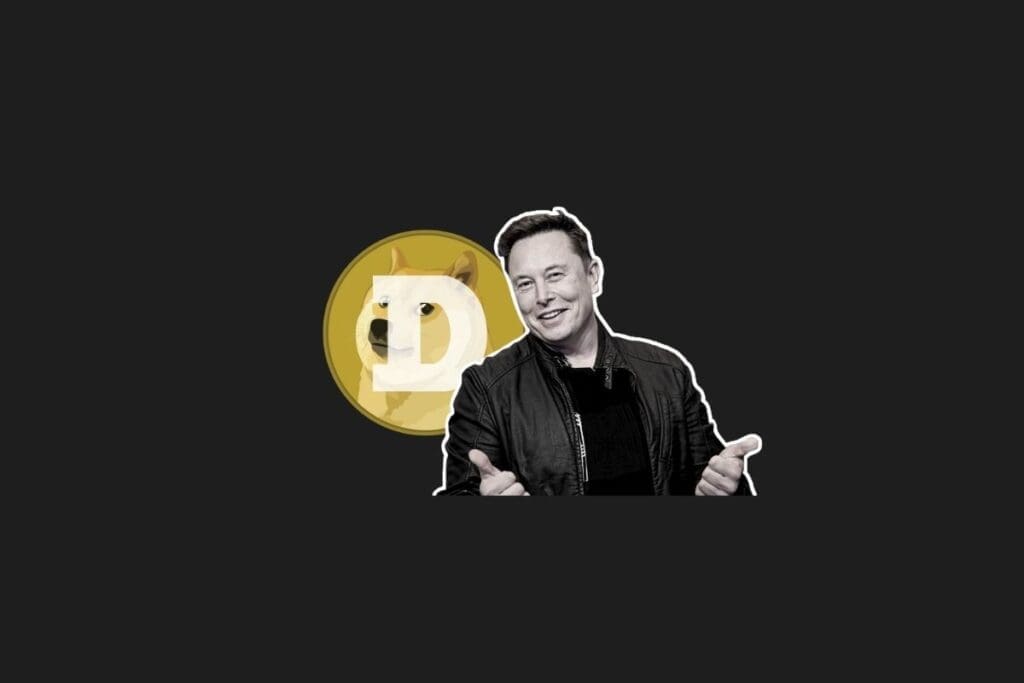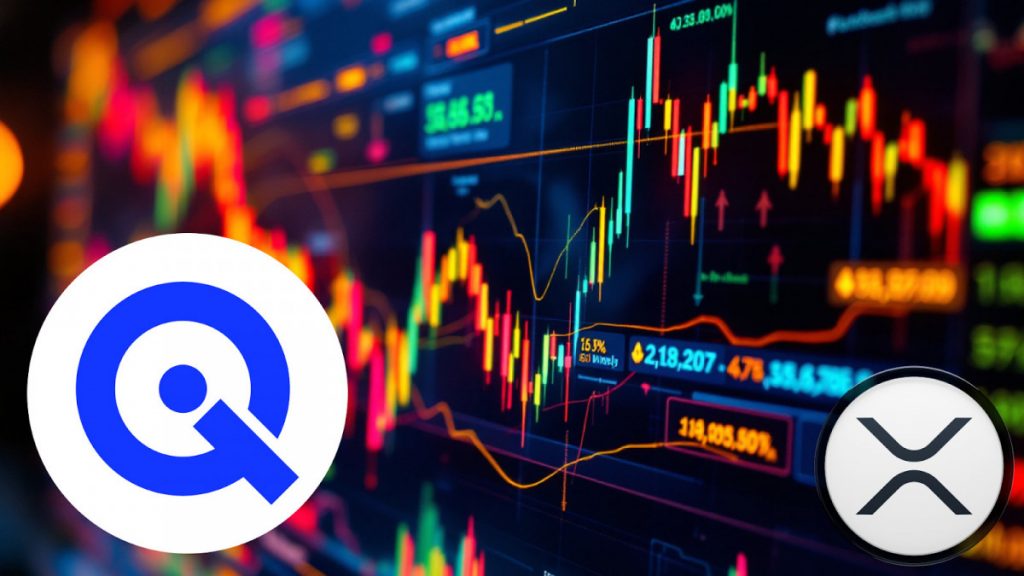Exploring Cutting-Edge Innovations in Web3 Technology
The digital landscape is undergoing a seismic transformation with the advent of Web3 technology. As the next iteration of the internet, Web3 promises to decentralize power, enhance security, and foster innovation across industries. This article delves into the latest breakthroughs in Web3 technology, examines key innovations shaping the future of decentralization, and explores Web3’s profound impact on digital transformation. With a neutral tone, we aim to provide a comprehensive overview of these developments and their implications.
Unveiling the Latest Breakthroughs in Web3 Tech
Web3 technology is at the forefront of a digital revolution, bringing forth innovations that are reshaping the way we interact with the internet. One of the most significant breakthroughs is the development of decentralized finance (DeFi) platforms. These platforms leverage blockchain technology to offer financial services without intermediaries, enabling users to lend, borrow, and trade assets seamlessly. With DeFi, financial inclusion is becoming a reality for millions who previously lacked access to traditional banking systems.
Another pivotal breakthrough is the rise of non-fungible tokens (NFTs), which have taken the digital art and collectibles market by storm. NFTs provide a mechanism for proving ownership and authenticity of digital assets, allowing artists and creators to monetize their work in unprecedented ways. The integration of NFTs into various sectors, from gaming to real estate, is expanding the possibilities for digital ownership and commerce.
Interoperability among blockchain networks is also a groundbreaking development in Web3 technology. Projects like Polkadot and Cosmos are creating ecosystems where different blockchains can communicate and share information seamlessly. This interoperability is crucial for building a cohesive decentralized web where users can move assets and data across platforms without friction.
The emergence of decentralized autonomous organizations (DAOs) represents a new paradigm in governance and organizational structure. DAOs operate on blockchain technology, allowing communities to make decisions collectively and transparently. This innovation is empowering individuals to have a direct say in the operations of projects and businesses, thereby democratizing decision-making processes.
Privacy and security are fundamental concerns in the digital age, and Web3 is addressing these issues through advancements in cryptographic techniques. Zero-knowledge proofs and homomorphic encryption are enhancing privacy by enabling secure transactions and data sharing without revealing sensitive information. These breakthroughs are vital for building trust in decentralized systems and ensuring user confidentiality.
Finally, the integration of artificial intelligence (AI) with blockchain technology is opening new avenues for innovation. AI-driven smart contracts and decentralized applications (dApps) are providing enhanced automation and decision-making capabilities. This synergy between AI and Web3 is poised to revolutionize industries by streamlining processes and creating intelligent, self-executing systems.
Key Innovations Shaping the Future of Decentralization
Decentralization is a core tenet of Web3, and several key innovations are driving its evolution. One such innovation is the development of decentralized identity solutions. These solutions enable users to own and control their digital identities without relying on centralized authorities. By leveraging blockchain technology, decentralized identity systems provide enhanced privacy, security, and interoperability across platforms.
Another crucial innovation is the concept of tokenization, which is transforming the way assets are represented and traded. Tokenization allows for the fractional ownership of assets, enabling broader participation in investment opportunities. From real estate to art, tokenization is democratizing access to valuable assets and creating new markets for investors and creators alike.
The rise of decentralized storage solutions is also shaping the future of decentralization. Platforms like Filecoin and Arweave provide secure, distributed storage networks that eliminate the need for centralized data centers. By decentralizing data storage, these solutions enhance security, reduce costs, and empower users to control their data.
In the realm of governance, liquid democracy is emerging as a powerful tool for decentralized decision-making. This system combines direct and representative democracy, allowing individuals to delegate their voting power to trusted representatives while retaining the ability to vote directly on issues. Liquid democracy is fostering more inclusive and flexible governance models in decentralized communities.
Decentralized finance (DeFi) continues to be a driving force in the evolution of Web3. Innovations like yield farming, liquidity pools, and decentralized exchanges are reshaping the financial landscape by providing alternatives to traditional financial services. These innovations are increasing financial accessibility, reducing costs, and creating new opportunities for users to engage with financial markets.
Finally, the integration of oracles into blockchain networks is enhancing the functionality and applicability of smart contracts. Oracles provide external data to blockchain networks, enabling smart contracts to interact with real-world information. This innovation is crucial for bridging the gap between blockchain and traditional systems, allowing for more complex and dynamic decentralized applications.
Exploring Web3’s Impact on Digital Transformation
Web3 technology is playing a pivotal role in the ongoing digital transformation across various sectors. In the financial industry, Web3 is revolutionizing how financial services are delivered and accessed. Decentralized finance (DeFi) platforms are providing users with alternatives to traditional banking services, offering greater financial inclusion and autonomy. This transformation is particularly impactful in regions with limited access to banking infrastructure.
In the realm of digital content, Web3 is empowering creators by enabling new monetization models through non-fungible tokens (NFTs). Artists, musicians, and writers can now tokenize their work, allowing them to retain ownership and earn royalties directly from their audience. This shift is democratizing the creative industry and providing creators with greater control over their intellectual property.
Supply chain management is another area where Web3 is driving digital transformation. Blockchain technology is being used to enhance transparency and traceability in supply chains, reducing fraud and inefficiencies. By providing a decentralized and immutable ledger, Web3 solutions are ensuring that all stakeholders have access to accurate and up-to-date information, leading to more efficient and trustworthy supply chain operations.
Healthcare is also experiencing a digital transformation with the integration of Web3 technology. Decentralized health platforms are enabling secure and private sharing of medical records, enhancing patient privacy and data security. Additionally, blockchain-based solutions are facilitating the tracking of pharmaceuticals and medical devices, ensuring their authenticity and safety throughout the supply chain.
Web3 is transforming the concept of digital identity by providing individuals with greater control over their personal information. Decentralized identity solutions are enabling users to manage their identities across platforms without relying on centralized authorities. This shift is enhancing privacy, security, and interoperability, allowing users to engage with digital services in a more secure and efficient manner.
Finally, the impact of Web3 on digital transformation is evident in the realm of governance. Decentralized autonomous organizations (DAOs) are creating new models for governance and decision-making, allowing communities to self-organize and manage resources collectively. This transformation is fostering more democratic and transparent governance structures, empowering individuals to have a direct say in the projects and organizations they support.
As we explore the cutting-edge innovations in Web3 technology, it becomes clear that this paradigm shift is reshaping the digital landscape in profound ways. From decentralized finance and identity solutions to tokenization and decentralized storage, Web3 is driving a new era of decentralization and digital transformation. These innovations are not only enhancing security and privacy but also democratizing access to opportunities and empowering individuals to take control of their digital experiences. As Web3 continues to evolve, its impact will be felt across industries, paving the way for a more inclusive and decentralized digital future.












